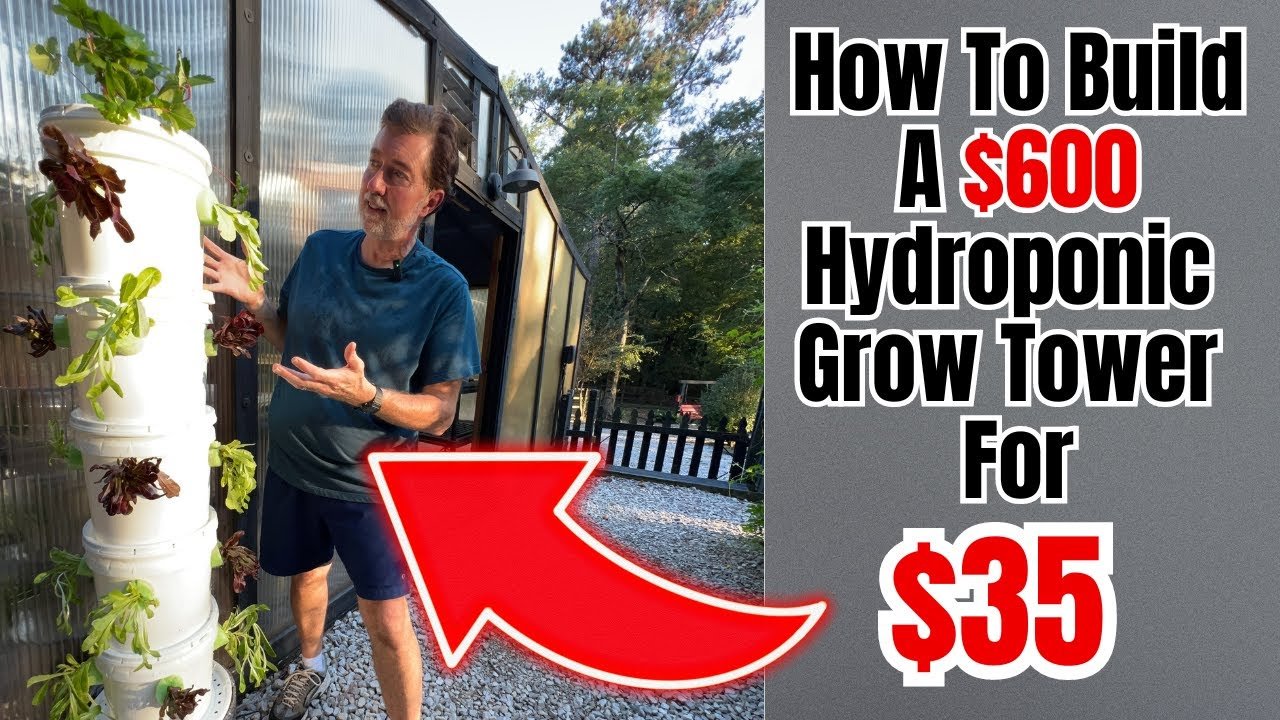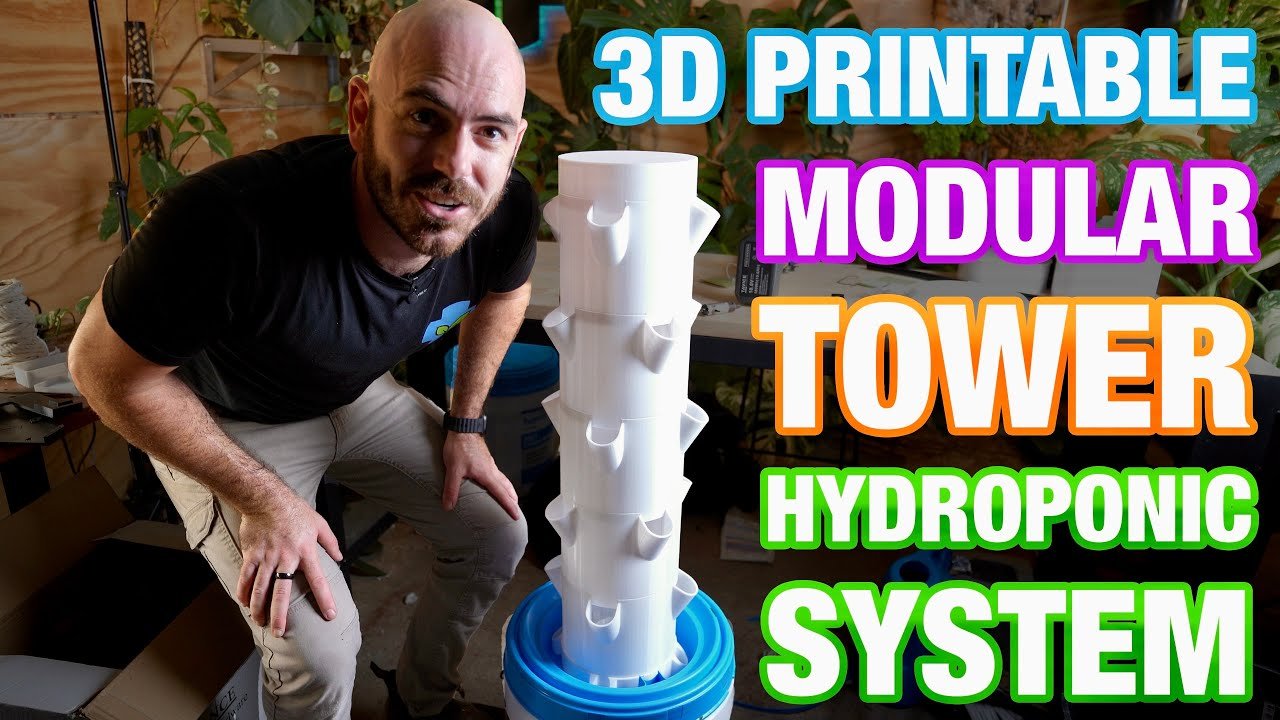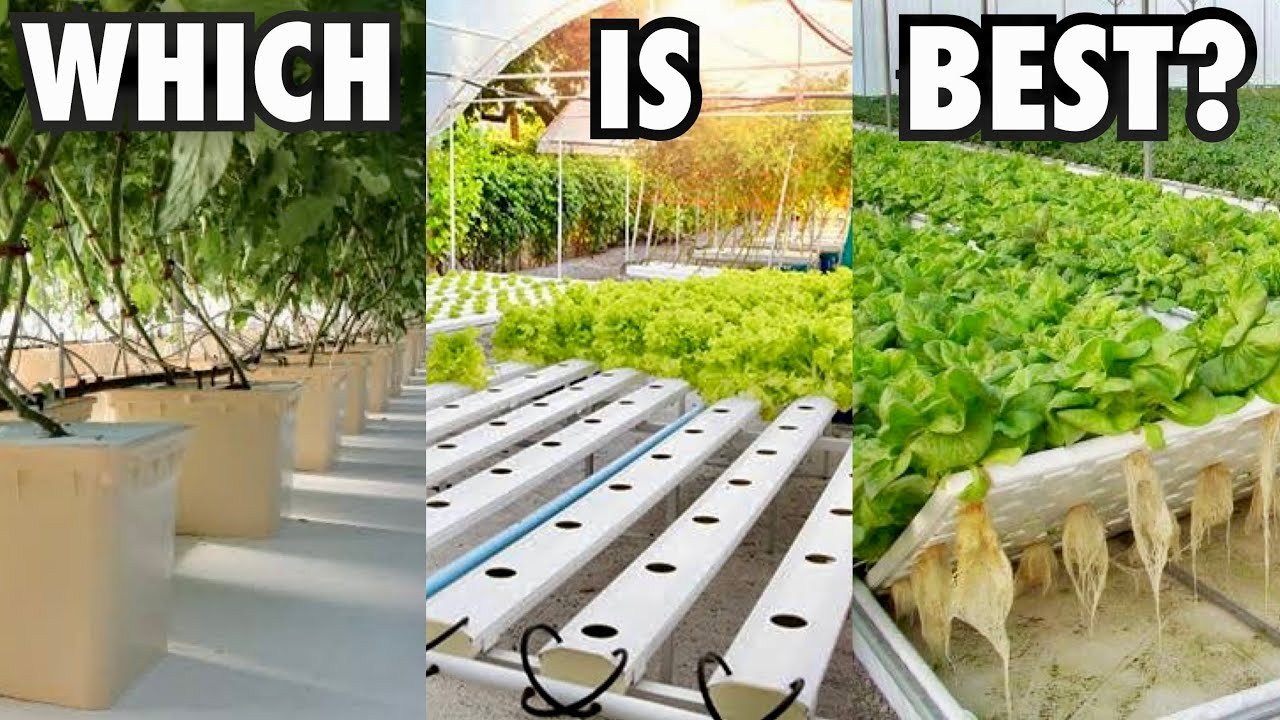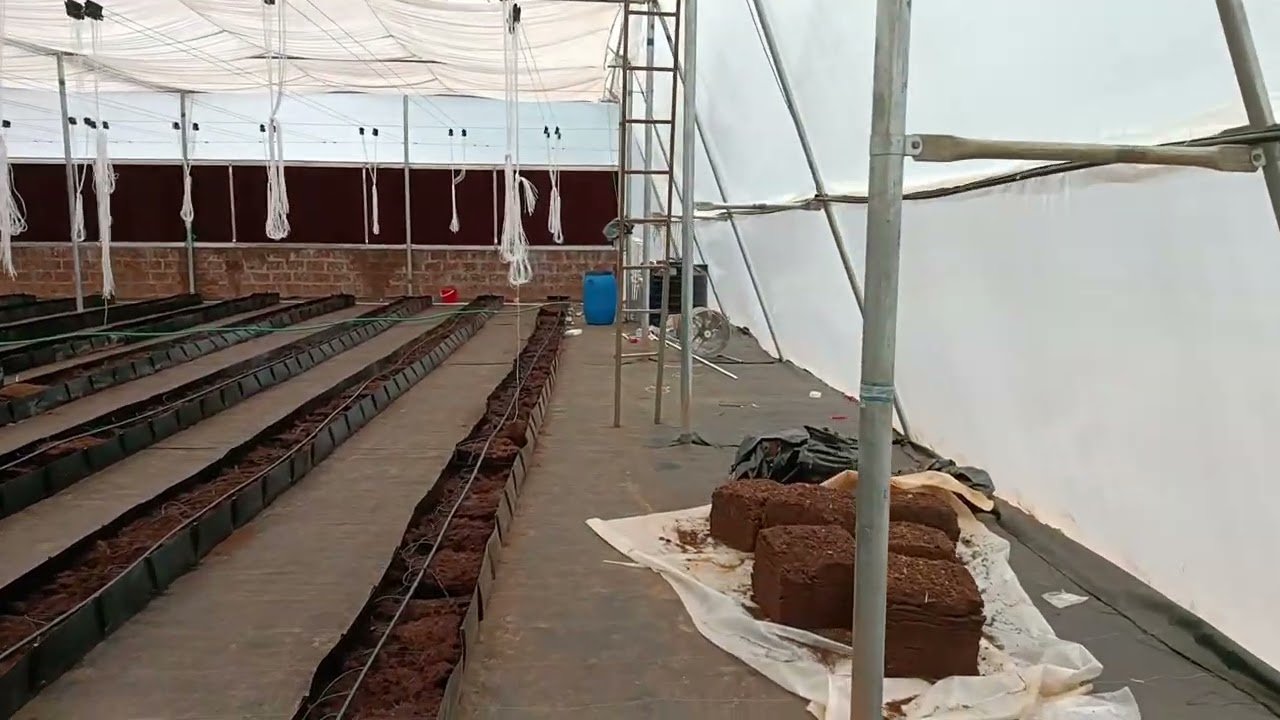Hydroponics, Fish, and a Whole Lot of Learning
I remember it well. It was an unseasonably warm spring afternoon in our little town—a time when the budding flowers and chirping birds hinted at renewal and new beginnings. That’s when I got it into my head to build an aquaponics system in my backyard. I had visions of lush greens and plump fish swimming contentedly, but I was about to learn that nature has a way of keeping you humble.
The Great Idea
I’d always dabbled in gardening, but I lacked that green thumb you hear about. My tomato plants could’ve won a contest for the most withered and confused. But aquaponics? This seemed like the perfect solution—efficient, forward-thinking, and frankly, super cool. I envisioned a bustling micro-farm right next to my decrepit shed, filled with fresh veggies and bounty. Little did I know the journey ahead would be filled with more ups and downs than the rollercoaster at the county fair.
Sourcing Materials
First, I rummaged through the shed, hoping to find some leftover PVC pipes from my old plumbing project. I struck gold—or so I thought. I found a bunch, but most were cracked and weathered. Undaunted, I made do with what I had, piecing things together like a mad scientist. I swear I could hear my dad’s voice in my head mumbling about “the right tools for the right jobs,” but I ignored it. Old habits die hard.
After some digging, I even managed to find an old fish tank—a 50-gallon monster that might have been a home for my childhood goldfish. It was covered in grime with a world of mystery living in the corners, but nothing a little elbow grease couldn’t fix. I scrubbed it so hard my hands turned prunish, but after an hour, it gleamed. It became the heart of my aquaponics system.
The Fish Dilemma
Next came the fish. Or rather, choosing the fish. I opted for tilapia—one part for their resilience and one part because I liked the idea of growing a fish that actually had some culinary cred. Plus, they could survive in varying conditions, which was critical for a novice like me. I ventured to the local pet store, ready to purchase my new aquatic friends. The lady behind the counter gave me a look that said, “You’re in over your head, aren’t you?” But I just smiled and nodded, eager to get back home and set things up.
When I introduced my tilapia to their new home, I was giddy with excitement. I threw in some fish food, watching them dart around, and let out a sigh of relief. Surely this was the start of something beautiful.
The Fishy Crisis
My dreams fizzled just a week later, though, when I made my first mistake. I had this great idea to create a nutrient-rich water system using fish waste to feed my plants. Brilliant, right? Except, somehow, I miscalculated the fish-to-water ratio. My poor tilapia were overpopulated in that tank, struggling with the murky water that began to smell faintly of something—let’s just say it wasn’t roses.
A few fish floated to the top, and my heart sank as I fished them out and buried them under the big oak tree. I felt like I let them down. I almost gave up that day, thinking maybe I wasn’t cut out for this “modern farming” dream of mine.
The First Signs of Green
Then came the algae. Oh, boy, did the algae come! I had thought I’d nailed it by adding a grow bed lined with some pea gravel I’d scavenged from my driveway. But a couple of weeks in, the water started turning green. Like neon green. It was something out of a sci-fi movie. I remember standing there, scratching my head, wondering what on Earth I did wrong. I threw up my hands in frustration more than once but kept coming back to check on the system.
Ultimately, I figured out I needed to balance the light exposure. Too much sunlight was turning my aquaponics adventure into an algae soup. I found some old shades and rigged them up to give my fish and plants some much-needed partial shade. Once that happened, things began to clear up, and even my tilapia started appearing a bit livelier. What a relief!
The Surprise Harvest
There was something magical about checking on my little setup every morning. By sheer will (and a sprinkle of luck), my herbs and leafy greens began to sprout. I harvested my first batch of basil, and let me tell you, that flavor was an explosion of freshness and triumph. Who knew that an experiment gone haywire could yield such rewards?
As the seasons rolled on, I learned to tweak my setup—a few plants here, a better filtration system there. I even swapped out my tilapia for some catfish, which seemed to handle my mistakes a bit better. Every stumble became a stepping stone; every green tinge in the water became an opportunity to learn.
The Takeaway
At the end of the day, it’s easy to look at someone’s finished aquaponics system and think it was all smooth sailing. But trust me, if you’re planning to dive into this real-world science experiment, prepare for some bumps in the road. Each failure came with a lesson that made the successes all the sweeter.
If you’re thinking about doing this, don’t worry about getting it perfect. Just start. You’ll figure it out as you go, and trust me, the sense of accomplishment you feel with your very own greens and fish will be more rewarding than you can imagine.
So grab a cup of coffee, dream a bit, and join the next session. You never know—you might just start a journey that will connect you with nature in ways you never expected! Join the next session!







Leave a Reply